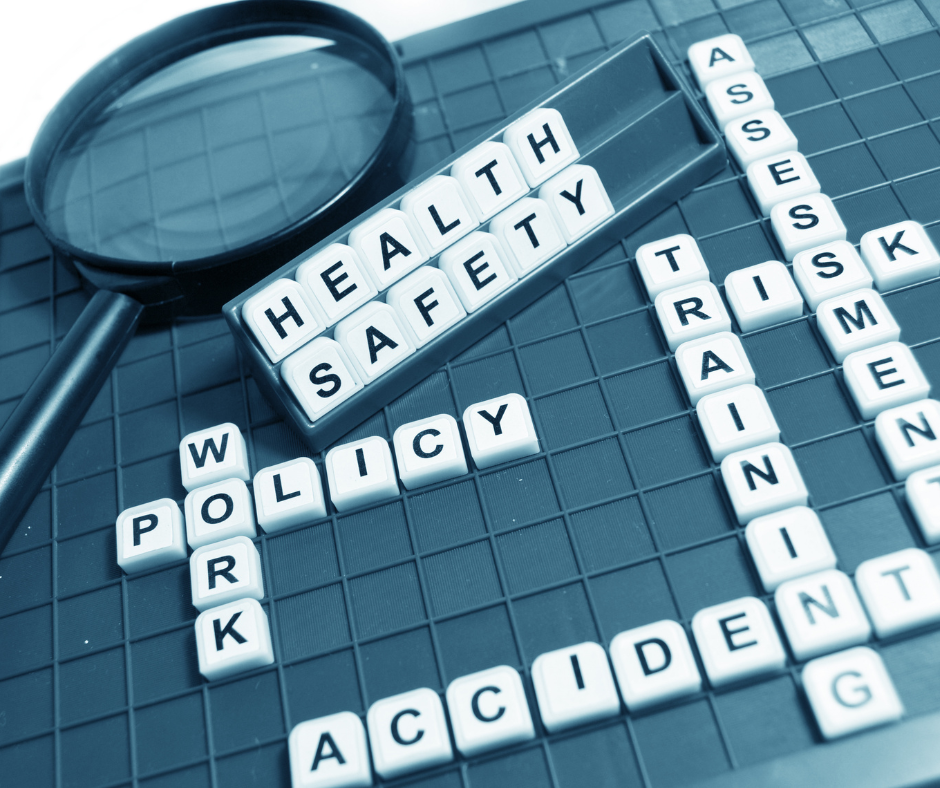IOSH – How we put our necks on the line
 February saw IOSH achieve a key strategic goal for the first year of its Activate 2028 strategy. Though we say it ourselves, this achievement sets a significant example in the drive towards a safe and healthy world of work.
February saw IOSH achieve a key strategic goal for the first year of its Activate 2028 strategy. Though we say it ourselves, this achievement sets a significant example in the drive towards a safe and healthy world of work.
It’s always nice to win prizes but the story behind the achievement often means so much more. This is surely true of IOSH receiving its Certificate of Registration, this year, having been audited and found to meet the requirements of standard ISO 45001:2018 Occupational Health and Safety Management System.
The certificate might only be an A4-sized piece of paper but it means IOSH has reached an international standard, usually only achieved by big companies with large resources, when it comes to managing the health, safety and wellbeing of its employees and volunteers.
For a professional membership organisation working to champion the role of occupational safety and health in social sustainability to drive business success, that bit of paper says so much. It shows to the world that IOSH is setting an example in its own workplace.
Of course, there was no little pressure on IOSH when it decided to put itself through the process, especially since it had been on the committee that first developed the new standard back in 2018. Covid may have delayed things but it was a journey IOSH knew it had to embrace as the global voice of the occupational safety and health profession. Physicians never need to be called on to “heal thyself”.
Read more on the IOSH website.
Employers urged to respond to climate change and occupational risks as part of national day
 Employers are being urged to respond to the impact of climate change on occupational safety and health as part of World Day for Safety and Health at Work.
Employers are being urged to respond to the impact of climate change on occupational safety and health as part of World Day for Safety and Health at Work.
The international day, led by the International Labour Organization (ILO), falls on April 28, and will see issues such as heat stress, UV radiation, air pollution and major industrial accidents discussed and mitigated for.
Manal Azzi, ILO’s Occupational Safety and Health Team Lead said: “2.41 billion workers are exposed to excessive heat at work every single year, and the total number has gone up over 35% over the last two decades. Our most recent data shows that over 26.2 million people are living with chronic kidney disease related to workplace heat stress.
Learn more about the risks on the SHP website.
Housing company fined more than £500,000 after worker suffers burns
 A housing company based in Kent has been fined £528,000 after an employee repairing a fence post inadvertently struck an underground cable, suffering burns to his face.
A housing company based in Kent has been fined £528,000 after an employee repairing a fence post inadvertently struck an underground cable, suffering burns to his face.
The MHS Homes employee and a colleague had been tasked by the company to repair three fence posts in a back garden of a tenant on 10 January 2023. They had already repaired two of the posts and started on a third, when one of the workers struck an underground electrical cable as he tried to break through some concrete using a breaker.
The company failed to provide the employees with information on the location of, or the tools to safely excavate around, an electrical cable and gas pipe.
An investigation by the Health and Safety Executive (HSE), found that MHS Homes often excavated the ground. However, they never provided any information to employees on the location of underground services and did not provide suitable equipment to detect and safely excavate underground services. They had previously identified the risk of underground services in a risk assessment in 2017.
Read more about the incident on the HSE website.
Poll shows building maintenance professionals prioritising safety
 Over two-thirds (70%) of maintenance professionals state that staying compliant is the most significant problem in their business, according to a recent poll by SFG20.
Over two-thirds (70%) of maintenance professionals state that staying compliant is the most significant problem in their business, according to a recent poll by SFG20.
Just over half of those surveyed report that meeting safety standards is their biggest priority in 2024. However, all poll respondents (100% of those surveyed) remain unsure about how prepared they are to comply with the Building Safety Act and the golden thread requirements for facility managers.
Consistently remaining compliant can often be overlooked when maintenance budgets and strategies face rising costs of materials and labour. As the focus on compliance, highlighted in the Building Safety Act, grows, facility managers are required to keep on top of their legal responsibilities whilst also pinpointing potential hazards, including: electrical, structural, and fire safety, to prevent dangerous incidents and to protect people and valuable assets.
For more on the research visit the HSM website.
To keep up to date with the latest health & safety news and advice, follow us on social media:
